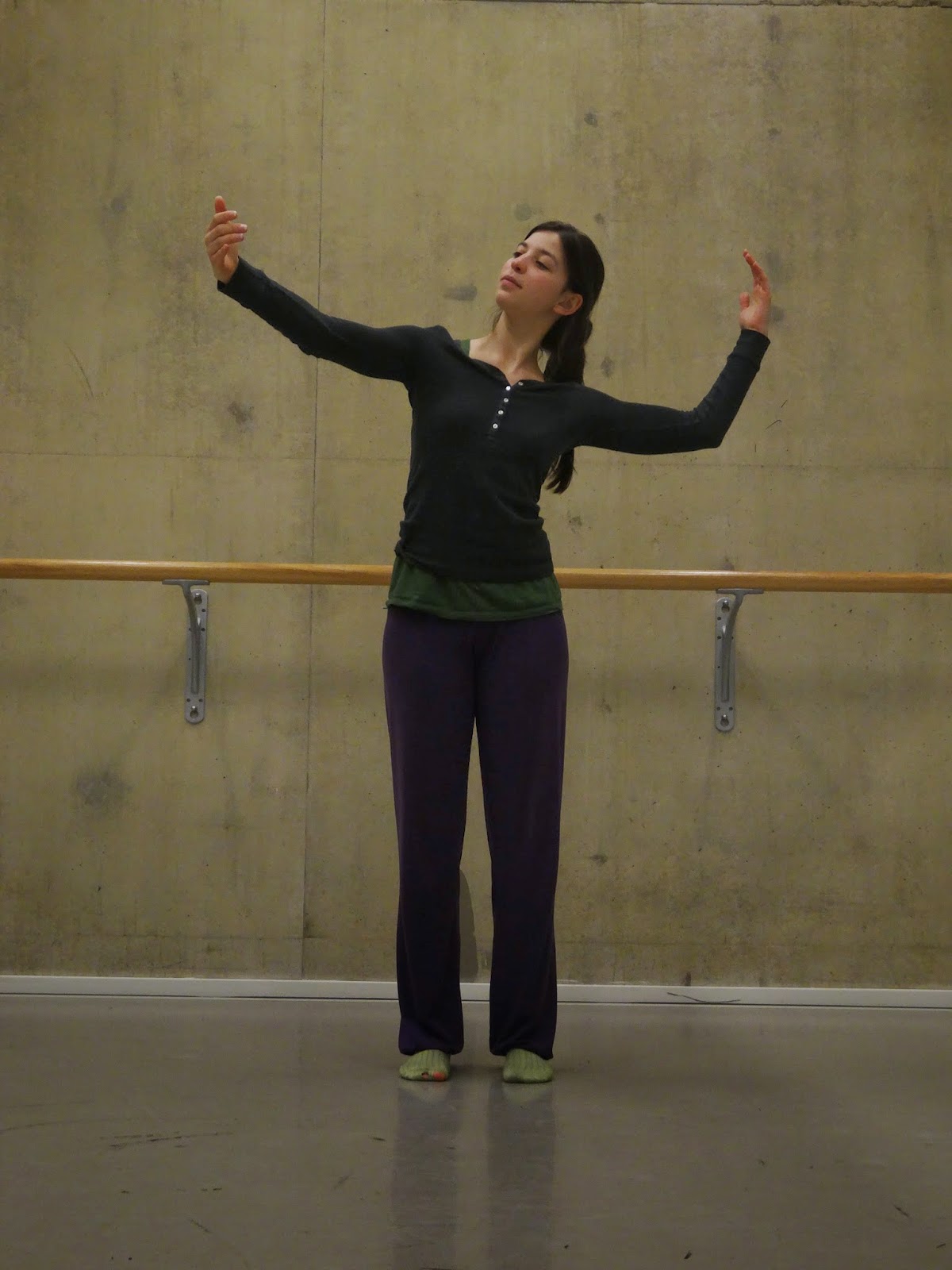The term deconstruction is related to “a philosophical and critical movement, starting in the 1960s and especially
applied to the study of literature, that questions all traditional assumptions
about the ability of language to represent reality and emphasizes that a text
has no stable reference or identification because words essentially only refer
to other words and therefore a reader must approach a text by eliminating any
metaphysical or ethnocentric assumptions through an active role of defining
meaning, sometimes by a reliance on new word construction, etymology, puns, and
other word play.”
In this
dance research we deconstructed by looking close to specific aspect of the
dances; meaning the use of space, parts of the body (arms, head, legs), attitude, music (rhythm, melody), relationship with other dancers. We drew
the path of the dances using different colours to different sequences of
movement and dynamics. We reproduced the movements of the original dance but
only in one part of the body. We danced them horizontal and vertical. We
exchange roles of gender, etc.
Trough the deconstruction
of the original meaning and movement, we tried to turn the common aesthetic
around offering new angles of interpretation. This material left will help us
now to compose.
Here are
some examples of what we deconstructed of what we found interesting in each of
the mentioned Mexican and Portuguese dances.
Corridinho
Rhythm of the movement
Circular flow
Physical contact
Positions of the arms
Spinning









No comments:
Post a Comment